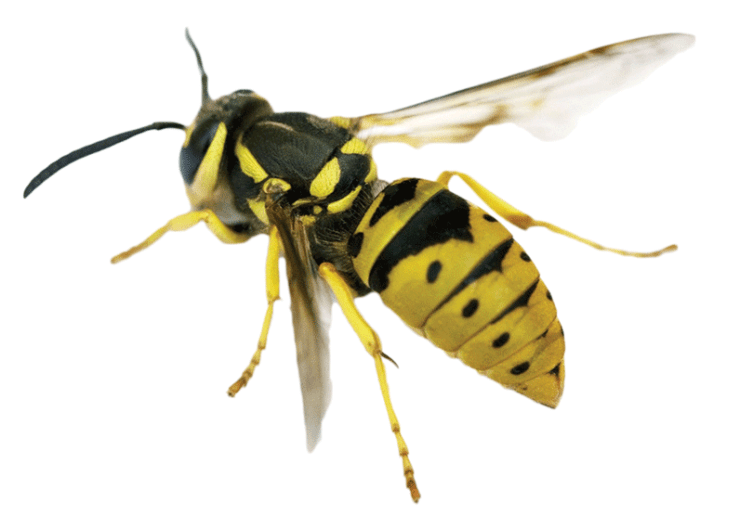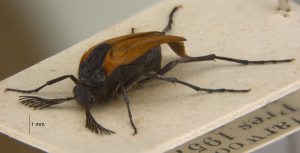 This week’s What’s on the van? comes from James Hogan, of the Museum’s Hope Entomological Collections.
This week’s What’s on the van? comes from James Hogan, of the Museum’s Hope Entomological Collections.
Social wasps are a group of insects belonging to the family Vespidae. In Britain we have 8 species of social wasps (species of Vespula and Dolichovespula) and the hornet (Vespa crabro).
Social wasps are viewed rather negatively by many people, perhaps understandable considering their stings and habit of building nests in houses. Despite this, I would argue that social wasps are much maligned creatures and play very useful roles as pollinators and pest controllers in the garden. During much of the spring and summer, social wasps are working away unseen, consuming large amounts of other insects such as flies, caterpillars and aphids. It is only in late summer when their normal food supplies are running out that they can make unwanted visits to picnics.

In a wider and less human-centred context social wasps are part of the food chain, providing food for other animals such as birds and spiders. One very interesting aspect of the ecology of social wasps is that their nests provide a home for a whole range of insects found nowhere else. Two good examples are some of Britains largest hoverflies (species of Volucella) and the strange ‘paradox beetle’ (Metoecus paradoxus). The paradox beetle (Metoecus paradoxus) is a parasite of social wasps. This particular specimen was collected from a nest in a house in Yeovil.
So spare wasps a thought before reaching for that rolled-up newspaper!



Lovely specimens and informative post. Is it true that wasps turn carnivorous during the autumn. I did once find one apparently eating another insect as a child but was never sure if what I thought it was doing was correct.
Wasps are carnivorous all year round and gobble up lots of other insects to feed their larvae. In the autumn, with the breakdown of social structure in the nests, the workers go on a mad feeding binge, searching for anything they can eat!